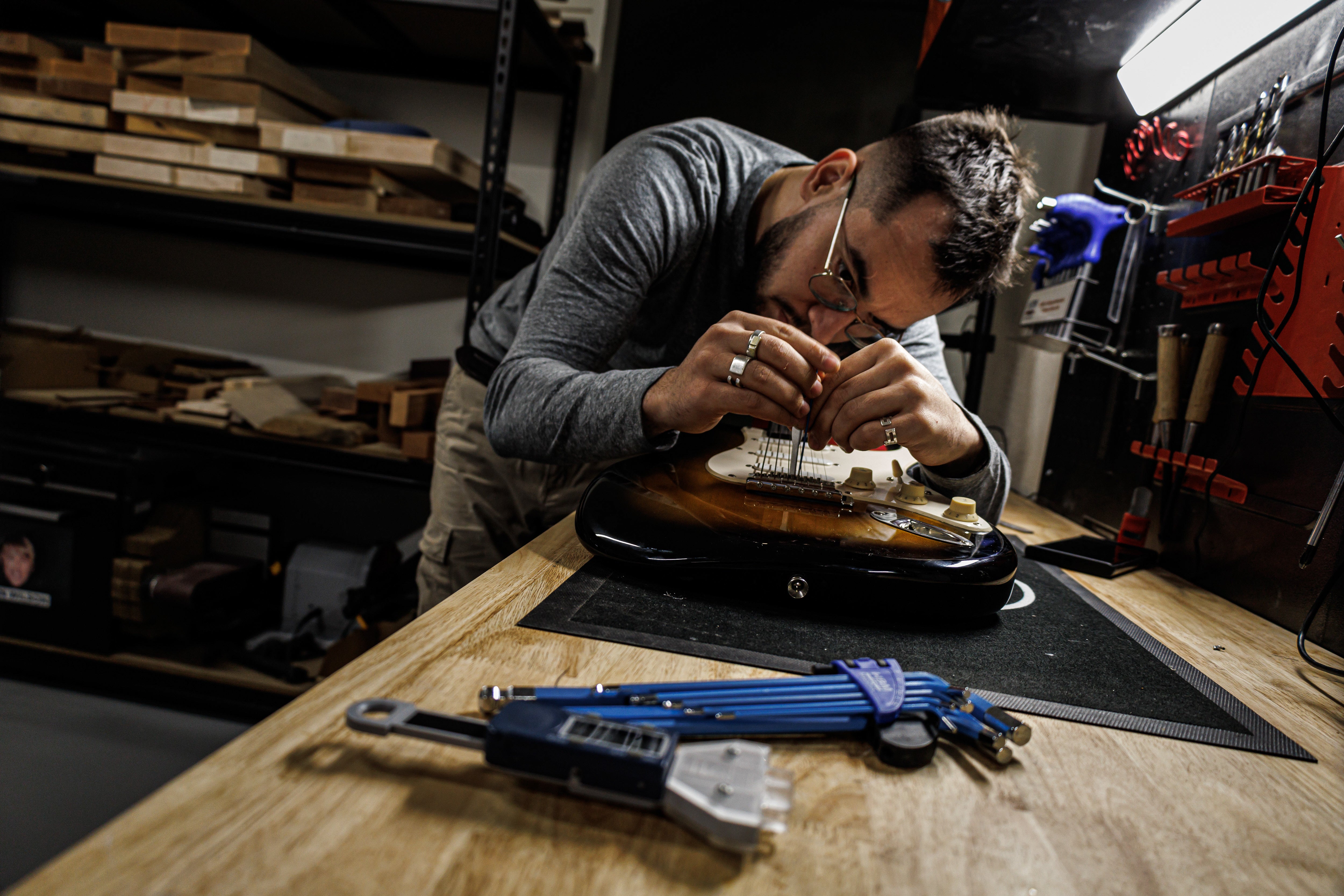

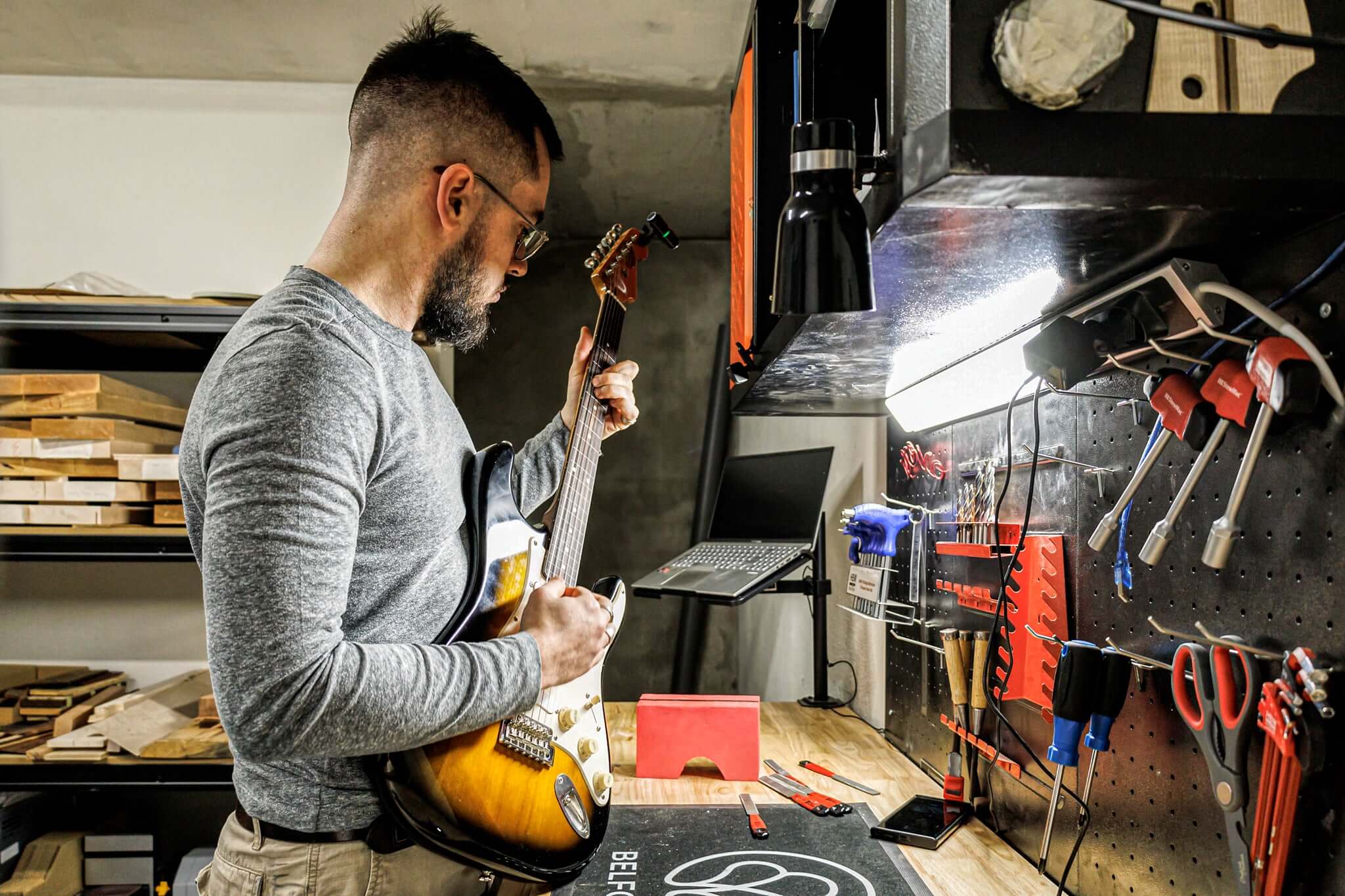
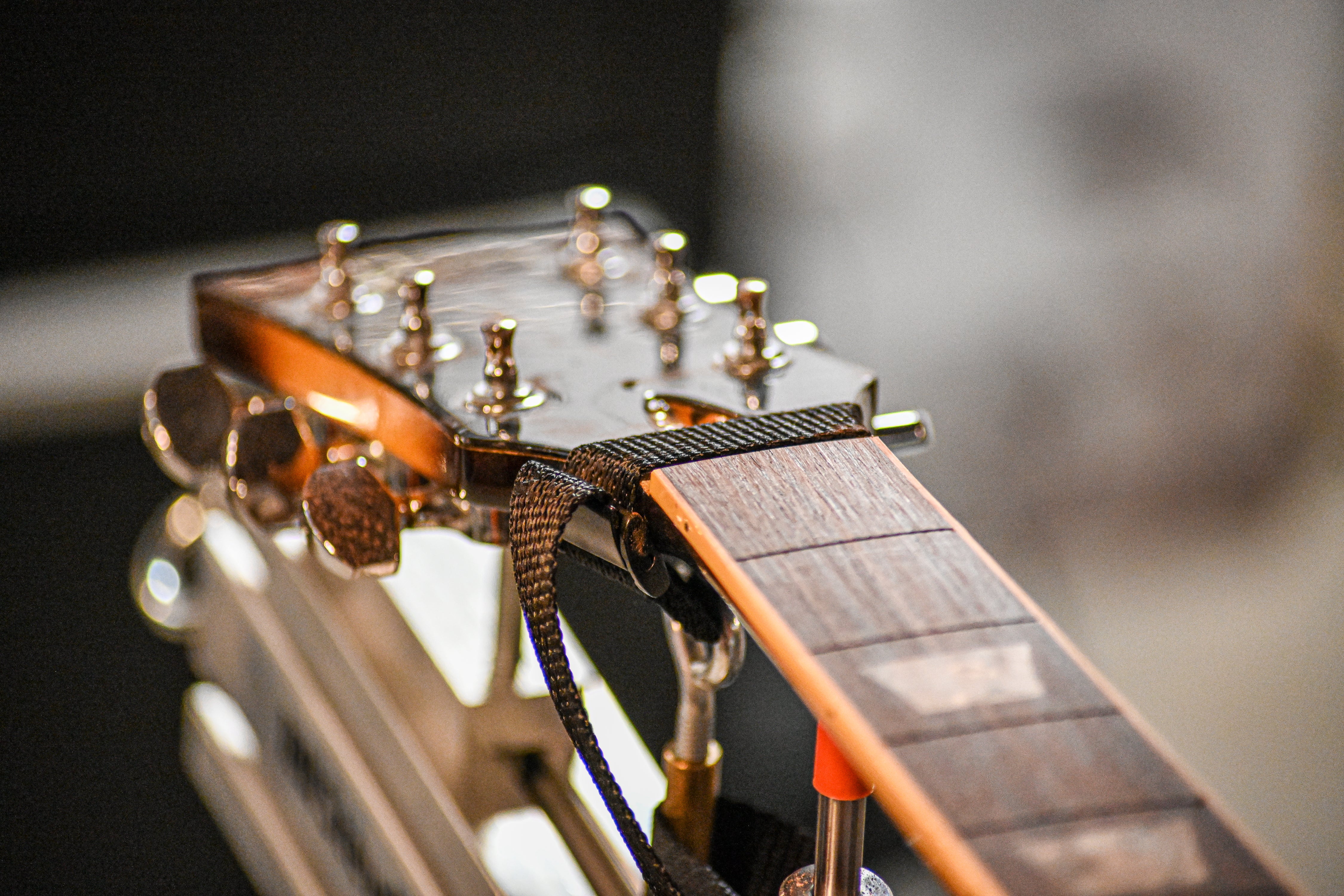
Setup & Professional Instrument Care Course in Paris
Description
Get hands-on with the geometry and playability of your instrument. This 3-day intensive workshop teaches the fundamentals of professional setup: truss rod adjustment, bridge and nut action, pickup height, intonation, and more. You’ll learn how to evaluate and adjust electric guitars or basses with clarity and confidence using workshop-grade tools and workflows.
Bring your own instrument to work on directly. By the end of the course, you’ll know how to give your guitar or bass the feel and response it deserves.

Setup & Professional Instrument Care Course in Paris
If you have any questions, you are always welcome to contact us. We'll get back to you as soon as possible, within 24 hours on weekdays.
-
Shipping Information
Use this text to answer questions in as much detail as possible for your customers.
-
Customer Support
Use this text to answer questions in as much detail as possible for your customers.
-
FAQ’s
Use this text to answer questions in as much detail as possible for your customers.
-
Contact Us
Use this text to answer questions in as much detail as possible for your customers.
Join the Belforti Lutherie School
3-Days Setup & Professional Care Course
This intensive 3-day workshop is designed for musicians, techs, and enthusiasts who want to unlock the full potential of their instrument through precise setup and mechanical understanding. Whether you play guitar or bass, this course will show you how to make your instrument more comfortable, responsive, and expressive — all through properly executed adjustment techniques.
Using structured workshop methods and professional-grade tools, you'll learn how to evaluate neck geometry, set action and relief, adjust intonation and pickup height, and optimize string performance. You’ll also gain practical repair and care knowledge — from soldering jack connections to managing fret buzz, nut problems, or grounding issues.
Bring your own instrument and leave with the skills and confidence to take care of it for life.
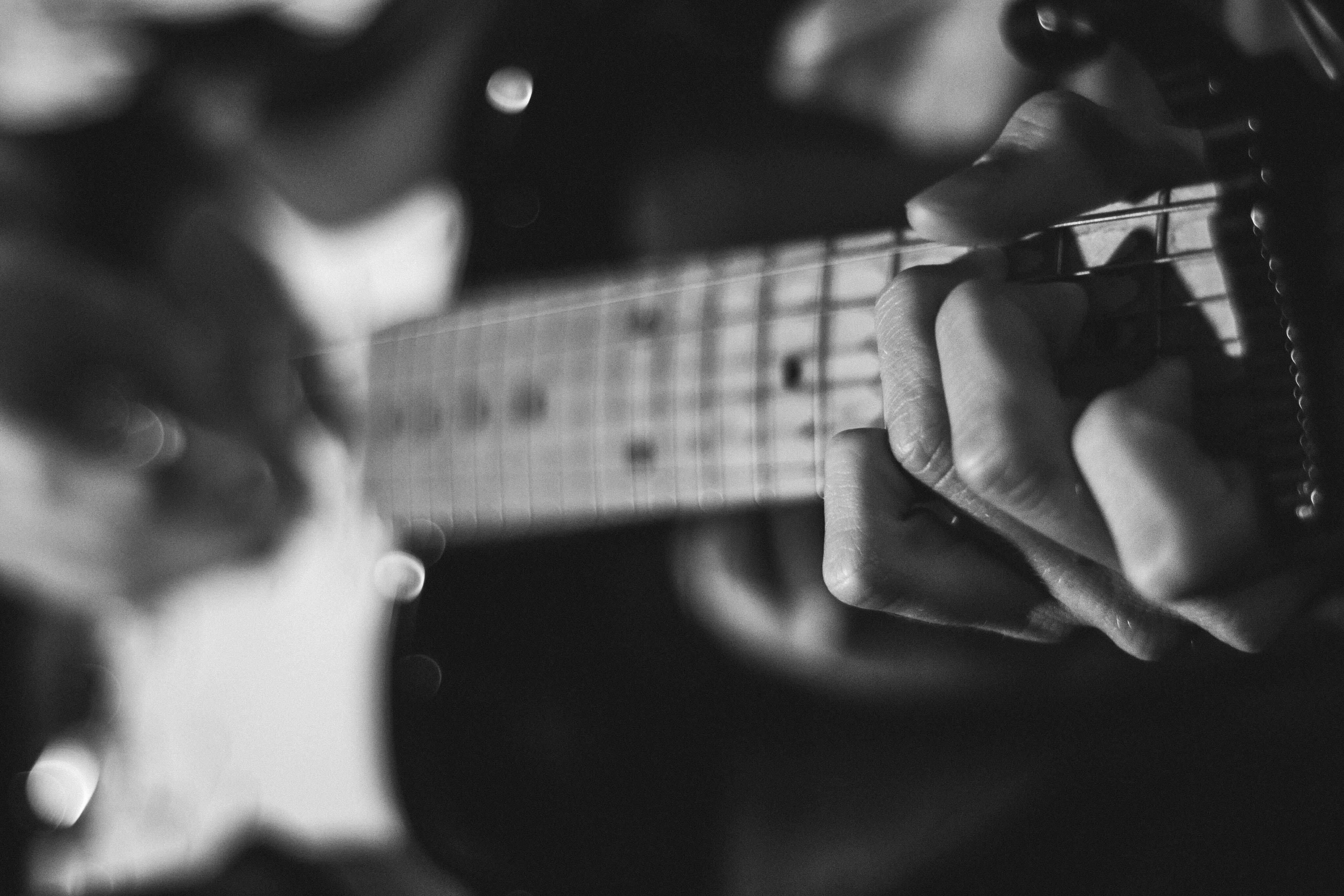
Truss Rod, Relief & Action Setup
The course begins with understanding your neck geometry and action. You’ll learn how to measure neck relief, use a truss rod safely, and adjust action at the nut and bridge using real setup references — not guesswork. We’ll explore how scale length, fret condition, and string gauge affect feel and tuning stability. Students will assess their own instruments, adjust truss rods, shim saddles, and dial in action for a balance of comfort and tone.
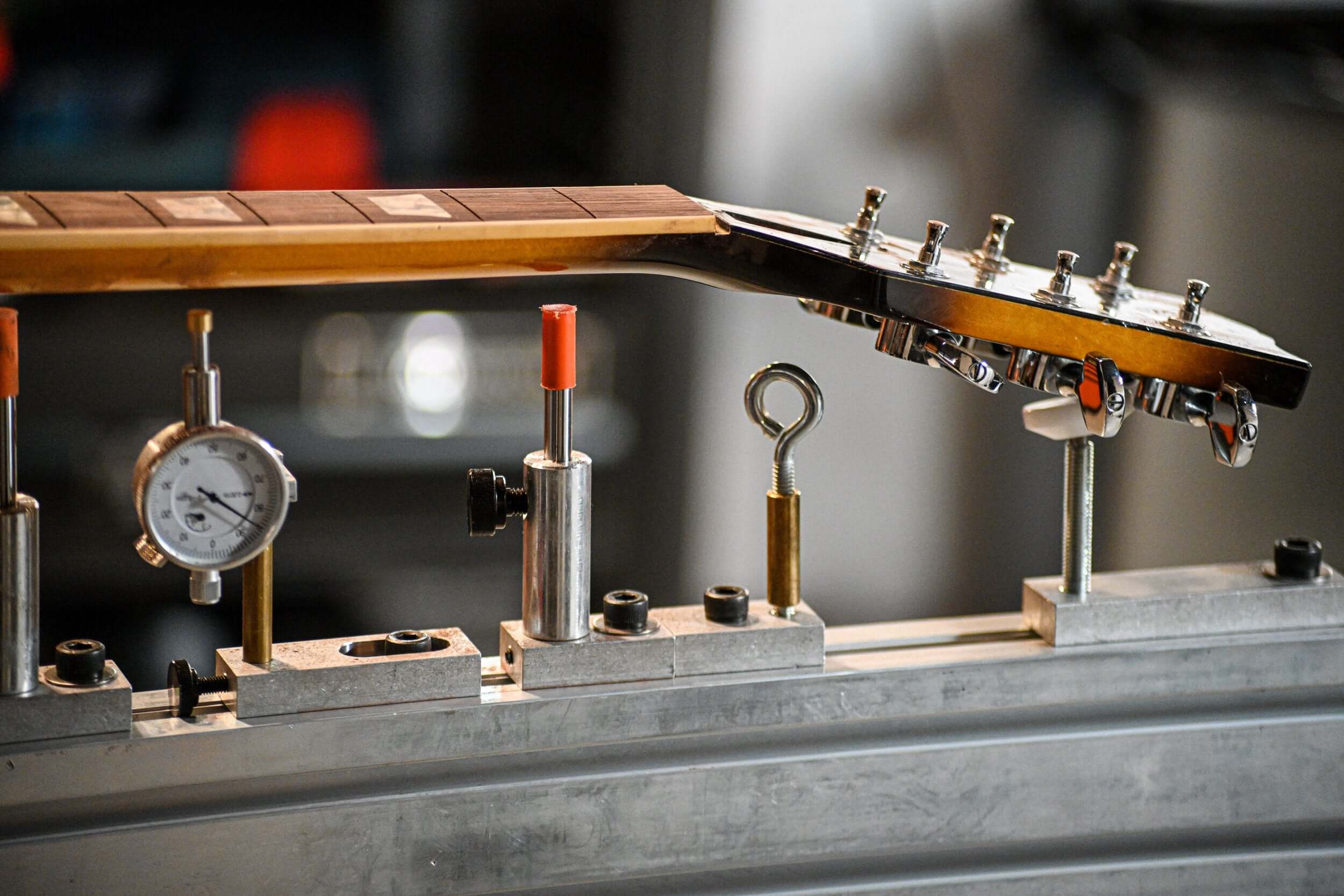
Frets, Buzz & Playability
Buzzing notes, choking bends, or inconsistent feel? You'll learn how to evaluate fret condition, identify high frets, and make light corrective work to improve playability. We’ll cover fret rocker testing, spot leveling techniques, and fret polishing methods. While this isn’t a full refretting class, you'll gain a strong understanding of when and how fret condition affects your setup — and what you can (or can’t) solve without major work.
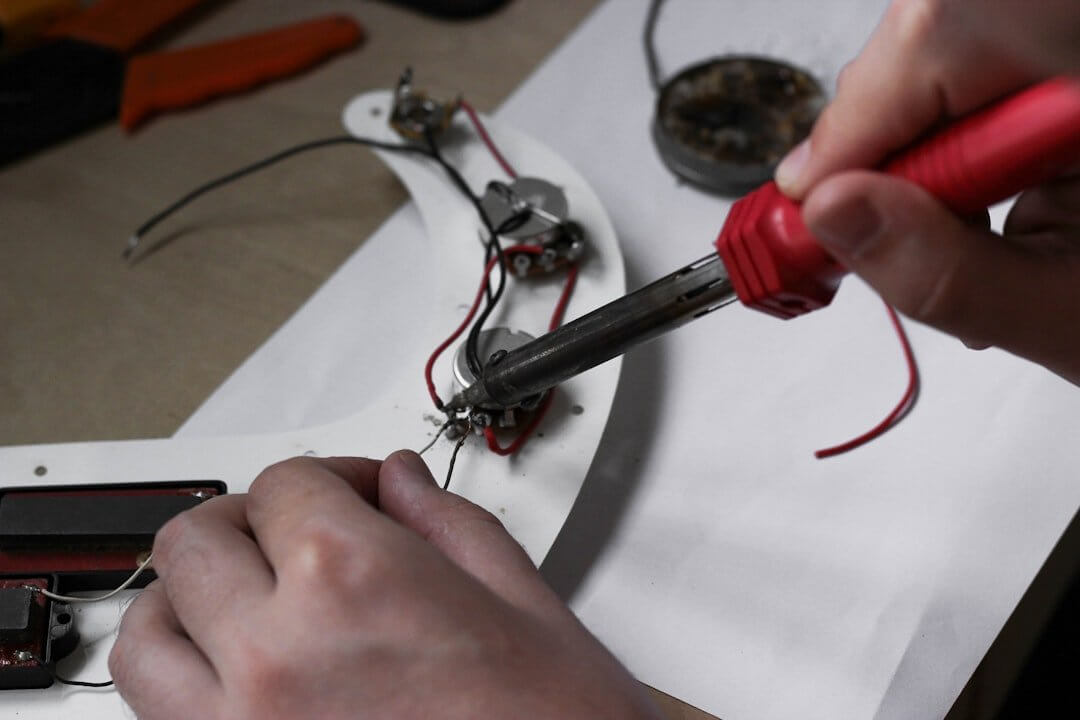
Electronics & Grounding
We’ll cover the essential basics of electric guitar and bass electronics: how pickups, pots, and jacks work together, and how to identify bad solder joints, grounding issues, or shielding flaws. You’ll learn how to open your instrument with confidence, test for continuity and unwanted hum, and make clean, functional solder repairs. The course includes hands-on soldering guidance, so you can fix or upgrade your electronics safely and cleanly.
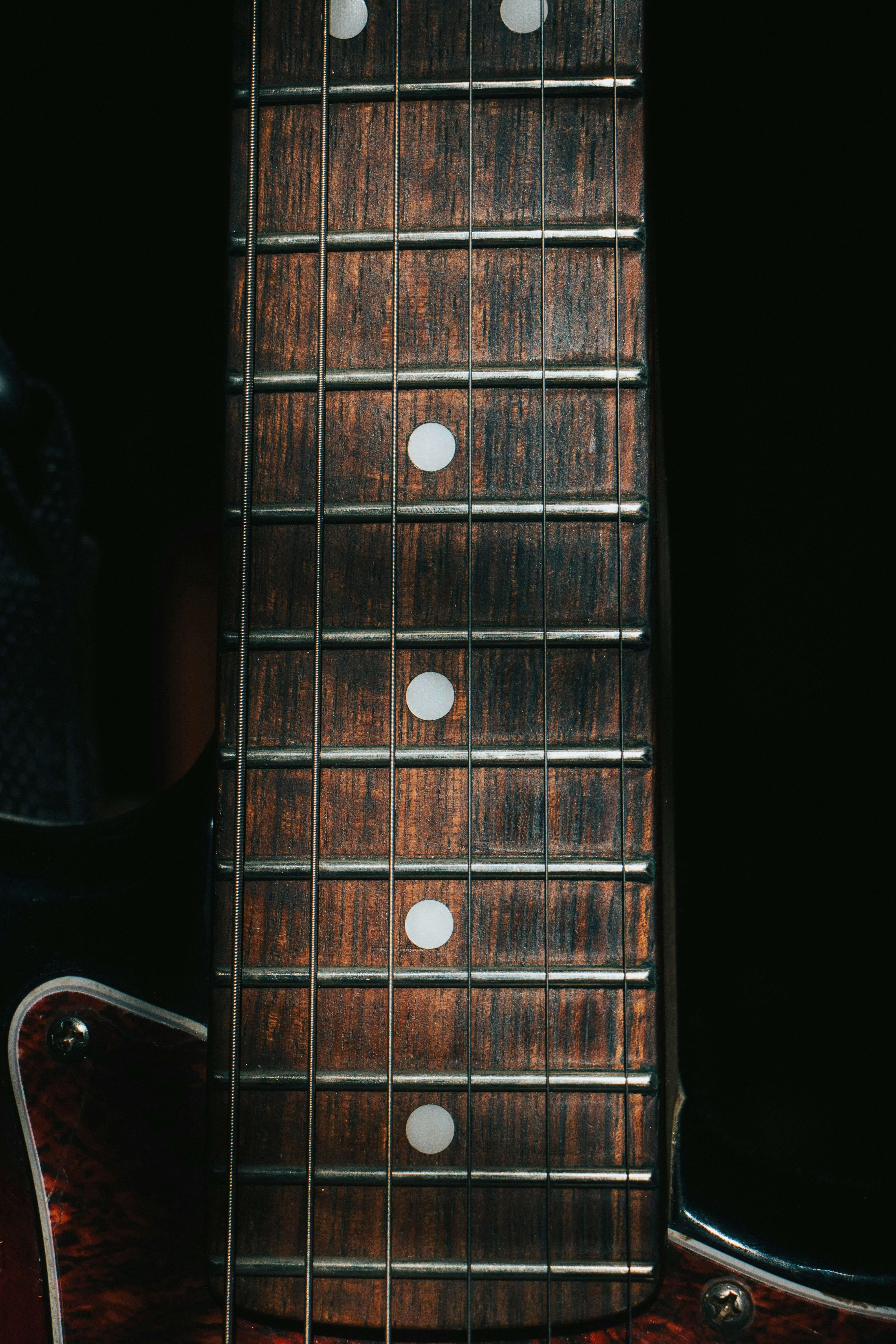
Professional Maintenance & Instrument Care
We close the course with a guided routine of how to maintain your instrument: cleaning fretboards and frets, managing corrosion or wear, checking tuner alignment and mounting, and evaluating long-term stability. You’ll receive insights on storage, humidity management, string care, and common wear points — the kind of habits that extend your instrument’s life and keep it performing consistently, whether on stage or in studio

What You'll Learn
Throughout the course, you’ll acquire professional-level techniques, including:
- Full diagnostic method (relief, action, fret condition, hardware condition)
- Truss rod neutrality and controlled neck relief
- Action and saddle optimisation
- Intonation and bridge setup
- Fret polishing and minor leveling
- Basic electronic maintenance (pots, jack, pickup height)
- Safe cleaning and preventative care
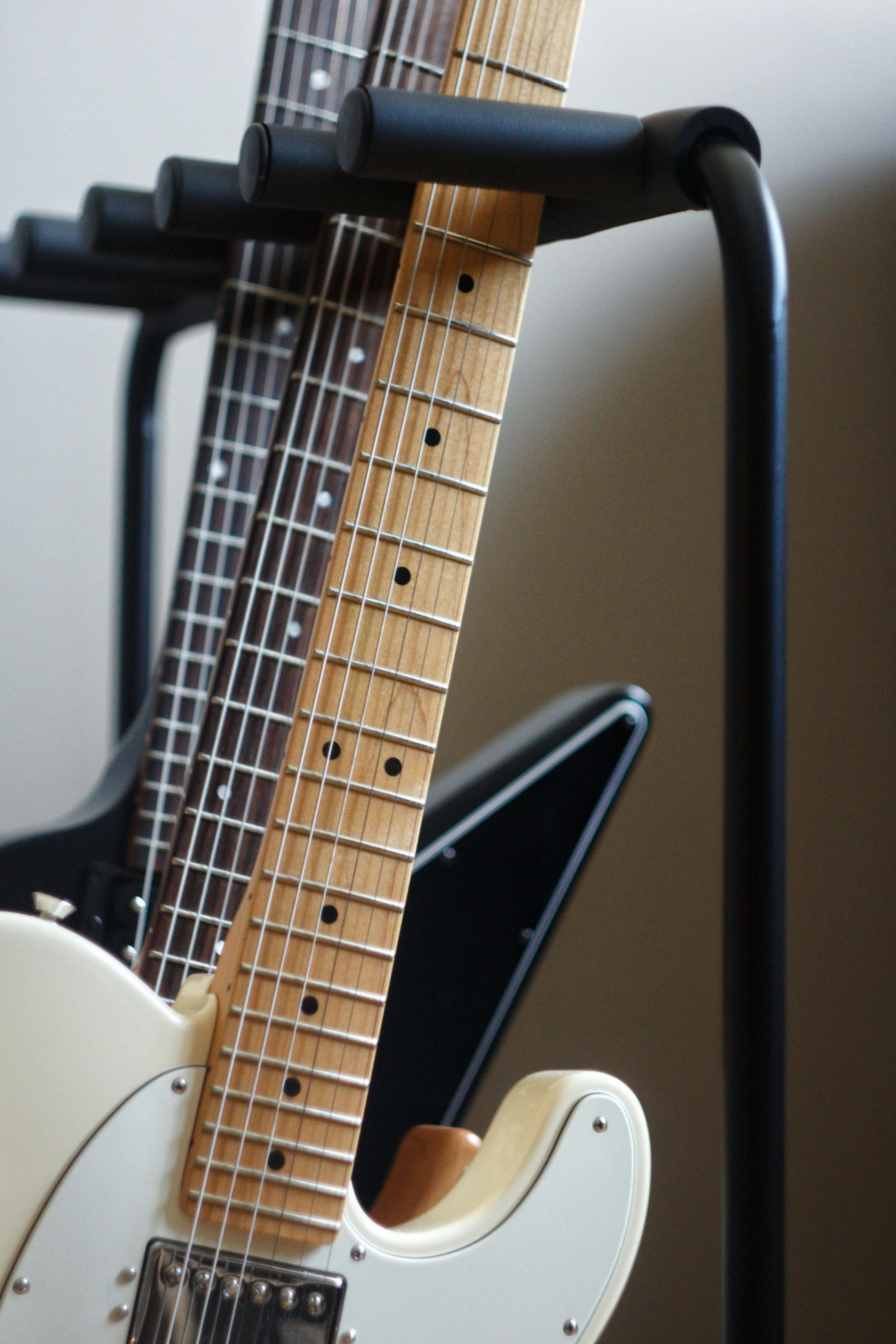
What You’ll Leave With
- A fully adjusted, better-playing instrument (guitar or bass)
- Skills to set up action, relief, and intonation with confidence
- Knowledge of fret behavior, buzzing diagnosis, and playability troubleshooting
- Hands-on experience with soldering and electronics testing
- Printed and digital setup checklist and workshop reference sheets
- A repeatable setup workflow you can apply across all your instruments
- Increased mechanical awareness and autonomy as a player or technician

Belforti Tool Kit Option (Recommended)
- Precision Fret Rocker
- Digital String Height Gauge
- Pickup Height Gauges
- Soldering Pen
- Side Cutters
- String Winder
- Radius Gauge Set
- Side cutters
- Truss rod wrenches
- Micro-polish cloth
- Conditionning Oil
Why It’s Worth Having:
- Continue practicing setup techniques after the course
- Save time during class — no waiting for shared tools
- Use the same tools we use in the workshop
- A perfect base kit for any player or future builder
The Belforti Tool Kit is available for purchase during registration or on-site at the workshop. You can also borrow tools during the course for free by leaving a refundable deposit.
Day by Day Program
Day 1
- Introduction to the instruments brought by participants
- Understanding structural geometry: relief, radius, fret condition, neck alignment
- Measuring methods: feeler gauges, digital gauges, straightedges, action rules
- Full diagnostic workflow (neck, frets, hardware, electronics)
- Truss rod principles: neutrality, controlled relief, safe adjustment
- Practical session: participants perform a full diagnostic on their own instrument
Day 2
- Saddle adjustment and action optimisation
- Bridge systems overview (hardtail, 2-point tremolo, vintage tremolo, bass bridges)
- Intonation fundamentals and precise adjustment
- Pickup height setting (reference values + listening methodology)
- Fret polishing sequence (marking, micro-abrasives, polishing compounds)
- Practical session: full setup on each participant’s instrument
- End-of-day review and corrective steps
Day 3
- Soldering fundamentals (clean joints, heat management, safe technique)
- Replacing a jack, potentiometer or pickup (depending on each participant’s needs)
- Grounding & shielding basics
- Preventive maintenance: cleaning, lubrication, hardware tightening
- Final setup refinement: micro-adjustments, tuning stability, feel optimisation
- Documentation: leaving with a setup sheet + your standard Belforti specs
- Final Q&A and individual feedback
Course Details
Price
700€
*+Optional Belforti Tool Kit
3D Printed Neck Rest Offered
Who it’s for
Musicians, beginners in lutherie, and anyone who wants a clear, practical understanding of how to make an instrument play its best.
Location
Belforti Instruments Manufacture
Greater Paris area
41bis rue des Mazurières - 92500 Rueil-Malmaison
Breaks & Lunch
- 1-hour lunch break daily
- Coffee/tea and water available
- Bring your own lunch or use nearby cafés
What’s Provided
- A training acoustic or electric guitar (you will practice on both)
- Tools
What to Bring
You can bring your own guitar or bass (electric or acoustic) to train on*
All the tools will be shared and available at the shop.
You will be able to order the tool kit from Belforti if you want to leave with the same tools as the ones you will practice with
Duration & Group Size
- Duration: 3 days
- Daily Hours: 9:30 AM – 5:30 PM (approx)
- Max 5 participants per session
- Full-time, hands-on format
Disclaimer
This workshop focuses on learning a professional setup workflow and improving your own instrument. It is not a repair or restoration service. Structural issues (twisted necks, loose truss rods, cracks, major fretwork, electronic failures beyond basic components, etc.) cannot be addressed during the course. Results depend on the condition of the instrument you bring; heavily damaged or poorly built instruments may not respond to a complete setup. The goal is to teach you a reliable, repeatable method—not to guarantee a factory-level transformation of any instrument.
FAQs
Can I bring more than one instrument to set up?
Yes, you’re welcome to bring a second guitar or bass if you'd like to compare, but we recommend focusing on one instrument to go deep and thorough. If time permits, you may apply the techniques to a second instrument under guidance.
Do I need any prior technical knowledge or woodworking skills?
Not at all. This course is designed for musicians, students, and DIY enthusiasts — no prior lutherie experience is required. We’ll guide you through every operation step-by-step in a safe, accessible way.
What kind of problems will I be able to fix after the course?
You’ll leave with the ability to confidently adjust action, intonation, truss rod relief, pickup height, and nut slot depth — plus basic soldering and buzz diagnosis. You won’t be doing refrets, major wood repairs, or heavy mods, but you’ll have a solid toolkit to keep your instruments in top playing condition.
What tools and materials are provided during the course?
We provide all essential setup tools (measuring tools, soldering gear, fret inspection tools, etc.) during the course. We strongly recommend bringing or purchasing a Belforti tool kit for long-term use, but it's not mandatory.
Can I bring an acoustic or semi-hollow instrument?
Yes, you can — but be aware that this course is built around the geometry and access of solidbody electric guitars and basses. If you bring an acoustic, you’ll still need to train on an electric instrument to complete the full range of techniques. Some operations (like pickup adjustment or bridge height) may not apply to acoustics
Will I be able to offer professional setups after this course?
No — and we strongly discourage seeing short-format courses as a shortcut to professional services. This class is designed to empower players and serious hobbyists to take better care of their own instruments. Professional setup work requires years of practice, deep consistency, and an understanding of instruments across many styles and conditions. If you’re considering a luthier career path, think of this course as a first exposure — not a credential.



